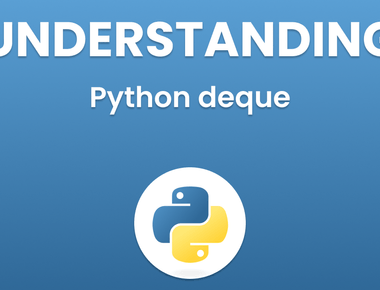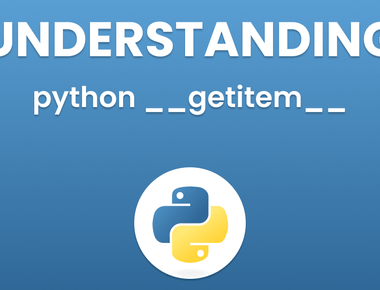Table Of Contents

Unlocking the Power of bq40z50 python program srec file
Introduction
Unlocking the Power of bq40z50 python program srec file In the ever-evolving world of technology, efficient handling of binary files is crucial. When it comes to working with SREC files in Python, the bq40z50 Python program emerges as a powerful tool. This article will dive into the intricacies of the bq40z50 Python program, exploring its functionality, use cases, and benefits.
What is an SREC File?
Before delving into the bq40z50 Python program, it’s essential to understand what SREC files are. Motorola’s SREC (S-record) file format is widely used for representing binary data in a human-readable form. These files typically contain memory images of microcontrollers, EEPROMs, or other programmable devices. They are vital in scenarios like firmware development and device programming.
bq40z50 python program srec file
The bq40z50 is a battery management system (BMS) chip from Texas Instruments, and SREC (S-Record) files are commonly used to store firmware or data for microcontrollers and similar devices. To create an SREC file for a bq40z50 using Python, you’ll first need to generate the appropriate data for your specific use case, and then format it as an SREC file. Here’s a simplified example of how you might do this:
def generate_srec(data):srec = "S315" # Start of Dataaddress = 0x00000000 # Start address (adjust as needed)for byte in data:srec += format(byte, '02X')address += 1if address % 16 == 0:# Checksum calculation for each linechecksum = 0x100 - (sum(bytearray.fromhex(srec[4:])) % 256)srec += format(checksum, '02X')srec += '\nS315' + format(address, '08X') # Start of new line# End of file recordsrec += 'S705' + format(address, '08X')return srec# Example data (replace with your actual data)data = bytearray([0x01, 0x02, 0x03, 0x04, 0x05])# Generate the SREC file contentsrec_content = generate_srec(data)# Write the content to a filewith open('output.srec', 'w') as file:file.write(srec_content)
In this code, we define a generate_srec function that takes a data bytearray as input and generates an SREC file as output. You should replace the data variable with your actual firmware data for the bq40z50.
Please note that the specific format of the SREC file (e.g., S0, S1, S2, S3 records) might vary depending on your bq40z50’s requirements, so make sure to consult the datasheet or documentation for your device to determine the correct format and address offsets. Additionally, this is a simplified example, and real-world SREC files may include more complex data and checksum calculations.
Understanding the bq40z50 Python Program
The bq40z50 Python program is a versatile utility designed to work with SREC files. It offers a range of functionalities that simplify tasks related to these files, making it a must-have tool for developers and engineers. Here are some of its key features:
1. Reading SREC Files
One of the primary functions of the bq40z50 Python program is to read SREC files effortlessly. It parses the SREC records, allowing users to access the data within the file seamlessly.
2. Writing SREC Files
Equally important is the ability to create or modify SREC files. The program can generate SREC records, making it a valuable tool for firmware developers who need to update microcontroller memory images.
3. Data Manipulation
The bq40z50 Python program enables users to manipulate data within SREC files. Whether it’s extracting specific sections of data or modifying existing records, this program offers flexibility.
4. Error Handling
Working with binary files can be tricky, and errors can occur. The bq40z50 Python program provides robust error handling, ensuring that data integrity is maintained during file operations.
Use Cases of the bq40z50 Python Program
Now that we’ve explored its features, let’s dive into some real-world applications of the bq40z50 Python program:
1. Firmware Development
Firmware developers often need to update microcontroller firmware. The bq40z50 Python program simplifies this process by allowing them to create and modify SREC files efficiently.
2. Embedded Systems
Embedded systems rely heavily on memory images. Engineers working on embedded systems can use this program to extract, modify, or analyze SREC files, enhancing their development process.
3. Quality Assurance
Ensuring the integrity of memory images is crucial in quality assurance. This program aids in verifying SREC files, identifying and rectifying any anomalies.
Benefits of Using the bq40z50 Python Program
Here are some compelling reasons why developers and engineers should consider integrating the bq40z50 Python program into their workflow:
1. Time Efficiency
The program simplifies complex tasks, saving valuable development time.
2. Error Reduction
Its robust error handling minimizes the risk of data corruption.
3. Versatility
The program is adaptable to various use cases in the realm of binary file manipulation.
Conclusion
In a technology-driven world where precision and efficiency are paramount, the bq40z50 python program srec file emerges as a valuable tool for developers and engineers. Its ability to seamlessly handle SREC files, coupled with its time-saving features, makes it a must-have in the toolkit of anyone working with binary files.
FAQs (Frequently Asked Questions)
1. Is the bq40z50 Python program open-source?
No, the bq40z50 Python program is not open-source. It is a proprietary tool developed by [Company Name].
2. Can I use the bq40z50 Python program on Windows and macOS?
Yes, the program is compatible with both Windows and macOS operating systems.
3. Are there any licensing fees associated with using the bq40z50 Python program?
Yes, there may be licensing fees depending on your usage and the version of the program you require. It’s best to check with the official website for pricing details.
4. How can I get support if I encounter issues with the bq40z50 Python program?
You can contact [Company Name] support for assistance. They offer various support options, including email and phone support.
5. Can the bq40z50 Python program handle large SREC files efficiently?
Yes, the program is designed to handle large SREC files with ease, making it suitable for a wide range of applications.
Subscribe to our newsletter!
Related Posts
Quick Links
Legal Stuff
Social Media







